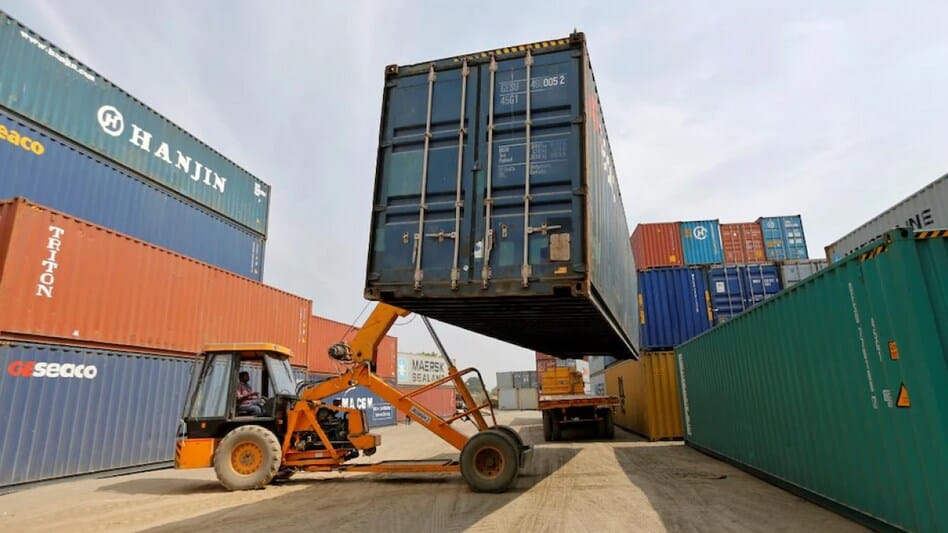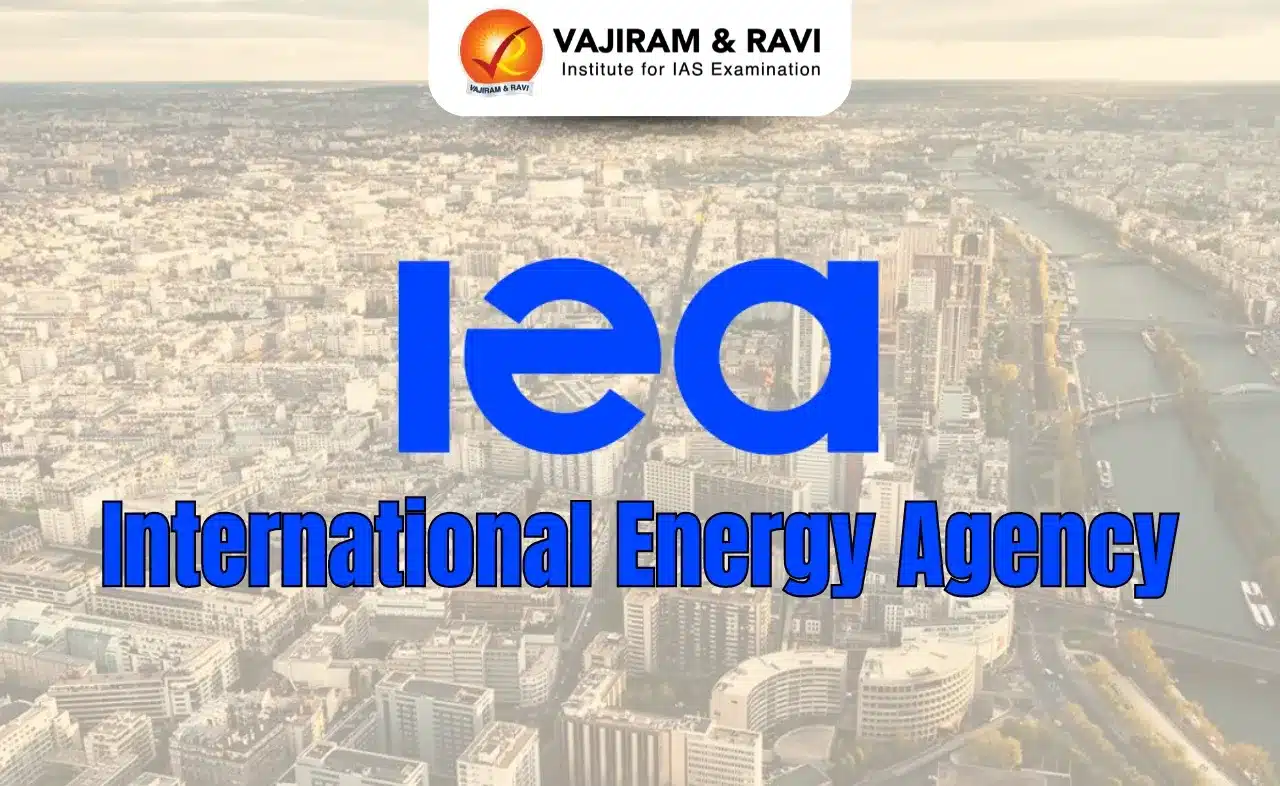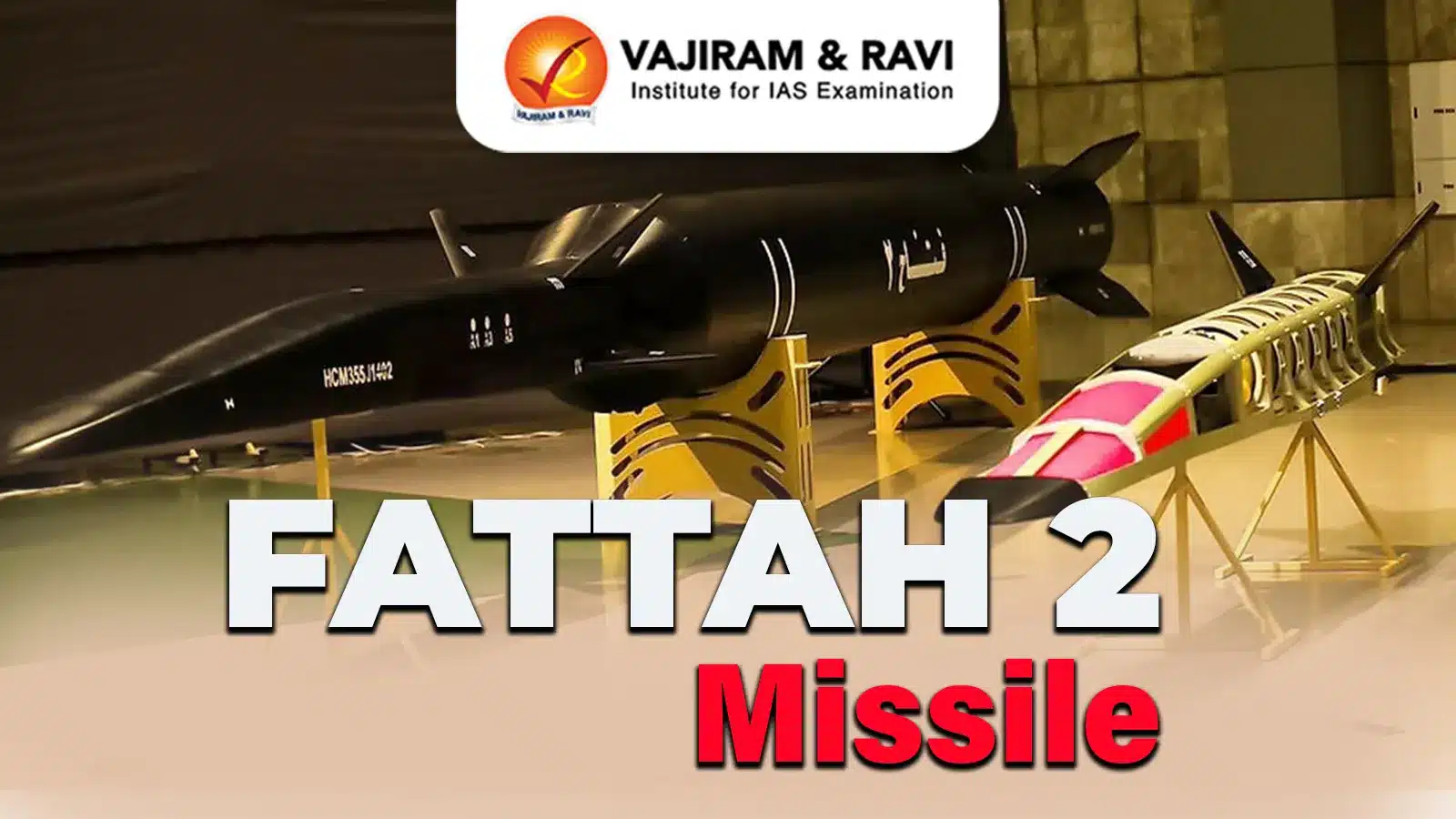About Interest Equalisation Scheme (IES)
- It was first implemented on 1st April, 2015, to provide pre- and post-shipment export credit to exporters in rupees.
- It was initially valid for 5 years, upto 31.3.2020. The scheme has been continued thereafter, including a one year extension during COVID and further extensions and fund allocations.
- The scheme shall be implemented by the RBI through various Public and non-Public Sector banks who provide pre- and post-shipment credit to the exporters.
- The Scheme is jointly monitored by the Directorate General of Foreign Trade (DGFT) and the RBI through a consultative mechanism.
- The scheme helps the identified export sectors to be internationally competitive and to achieve a high level of export performance.
- The scheme is primarily meant for the labour intensive sectors.
- Features:
- An eligible exporter has to submit a certification from the external auditor to the concerned bank to claim this benefit.
- Banks provide IES benefits to the eligible exporters and claim a reimbursement from the RBI based on the external auditor certification furnished by the exporter.
- Currently, the Scheme provides an interest equalisation benefit at the rate of 2% on pre- and post-shipment rupee export credit to merchant and manufacturer exporters of 410 identified tariff lines at 4-digit level and 3% to all MSME manufacturer exporters.
- The Scheme has now been made fund-limited, and the benefit to individual exporters has been capped at Rs 10 Crore per annum per IEC (Import Export Code).
- In addition, the banks that lend to exporters at an average rate of more than Repo + 4% would be debarred under the Scheme.
Q1) What is the Directorate General of Foreign Trade (DGFT)?
The Directorate General of Foreign Trade (DGFT) Organization is an attached office of the Ministry of Commerce and Industry and is headed by the Director General of Foreign Trade. Right from its inception till 1991, when liberalization in the economic policies of the Government took place, this organization has been essentially involved in the regulation and promotion of foreign trade through regulation.
Last updated on June, 2025
→ UPSC Notification 2025 was released on 22nd January 2025.
→ UPSC Prelims Result 2025 is out now for the CSE held on 25 May 2025.
→ UPSC Prelims Question Paper 2025 and Unofficial Prelims Answer Key 2025 are available now.
→ UPSC Calendar 2026 is released on 15th May, 2025.
→ The UPSC Vacancy 2025 were released 1129, out of which 979 were for UPSC CSE and remaining 150 are for UPSC IFoS.
→ UPSC Mains 2025 will be conducted on 22nd August 2025.
→ UPSC Prelims 2026 will be conducted on 24th May, 2026 & UPSC Mains 2026 will be conducted on 21st August 2026.
→ The UPSC Selection Process is of 3 stages-Prelims, Mains and Interview.
→ UPSC Result 2024 is released with latest UPSC Marksheet 2024. Check Now!
→ UPSC Toppers List 2024 is released now. Shakti Dubey is UPSC AIR 1 2024 Topper.
→ Also check Best IAS Coaching in Delhi
























